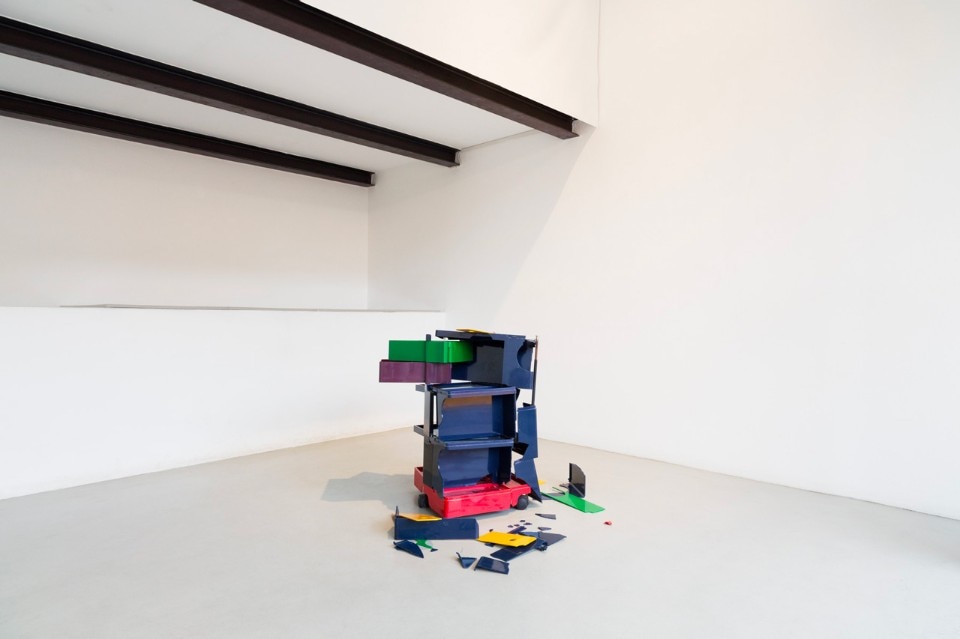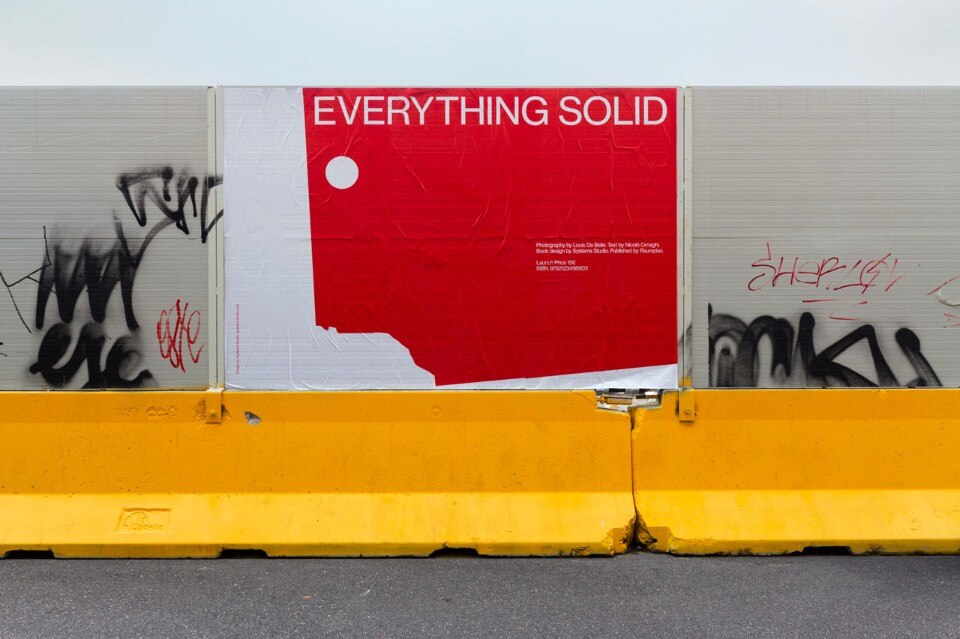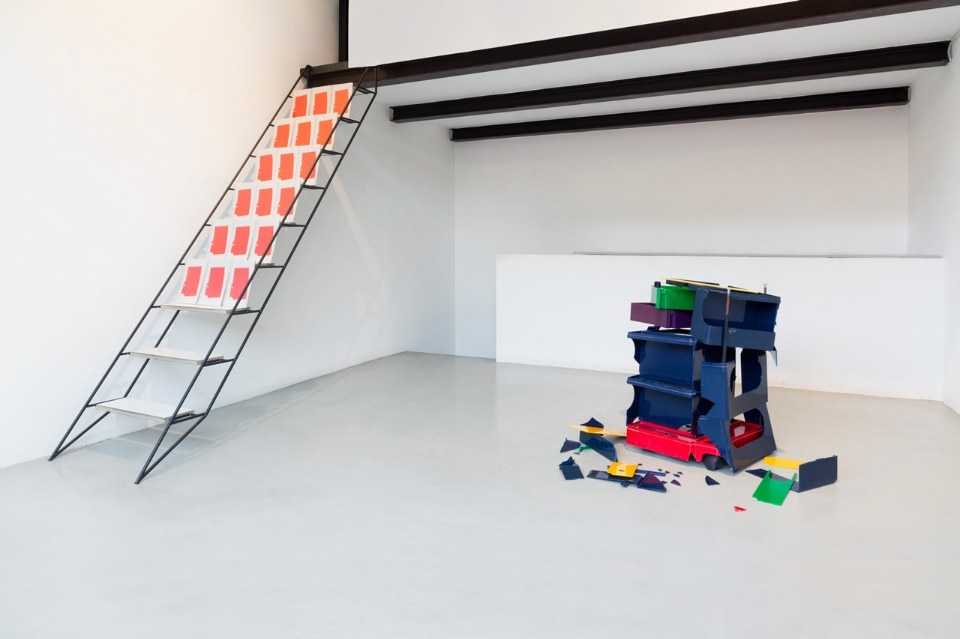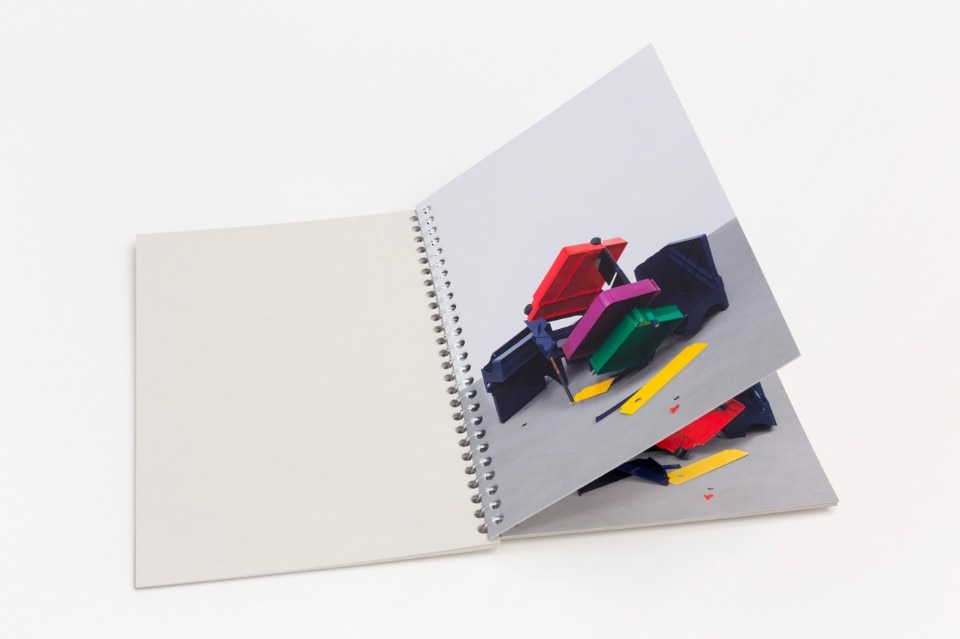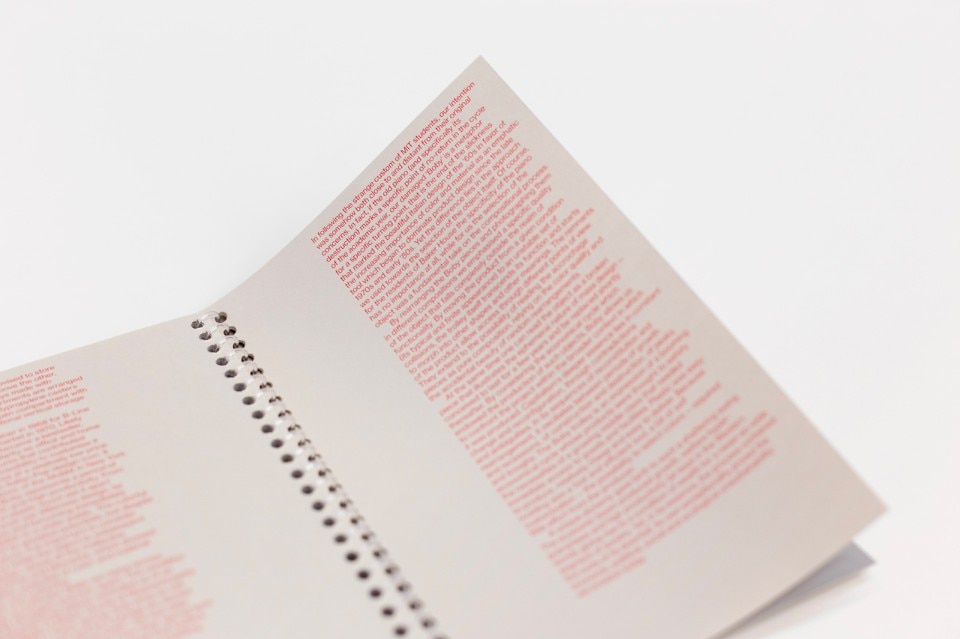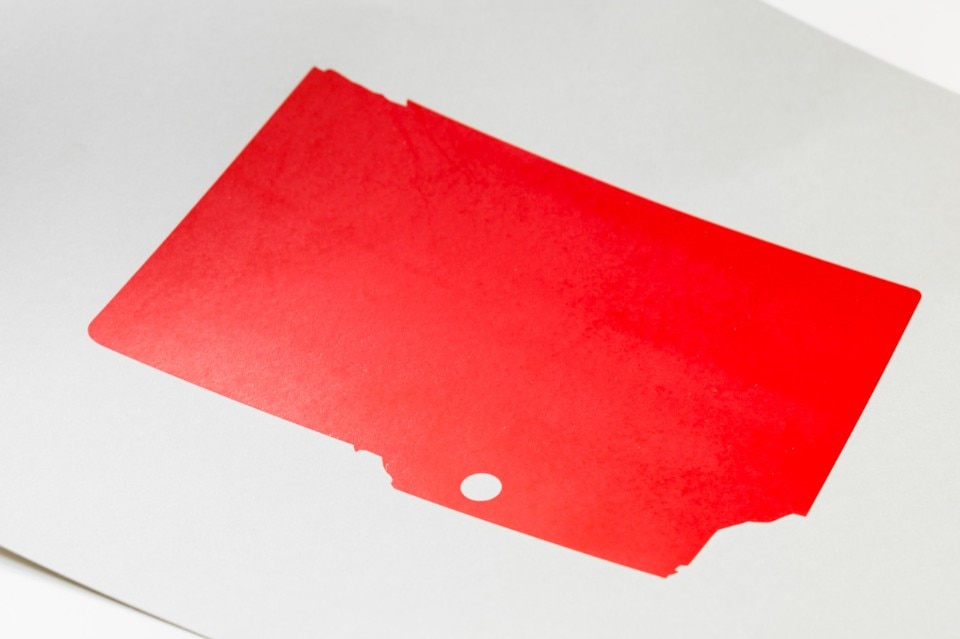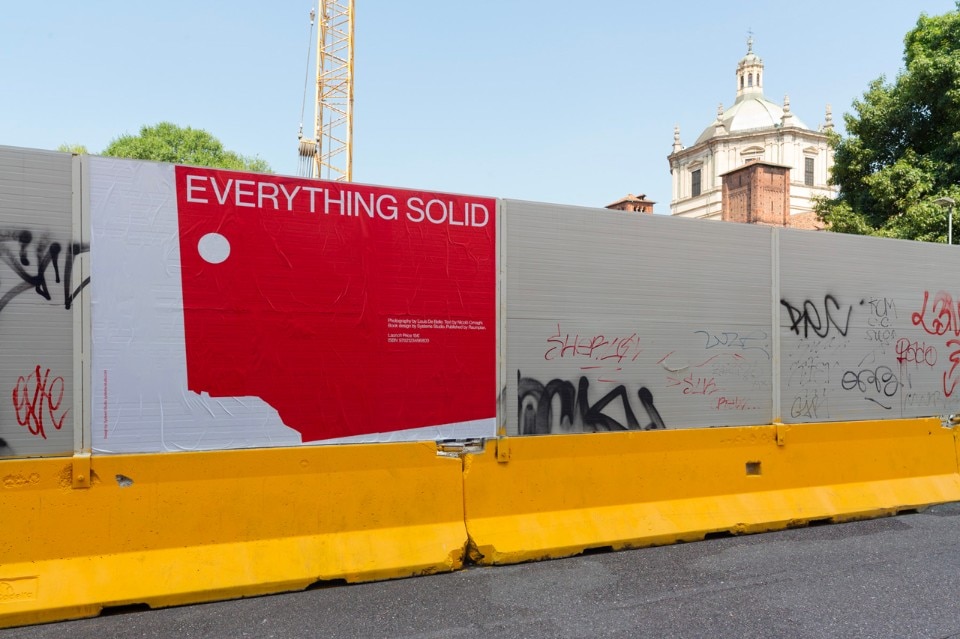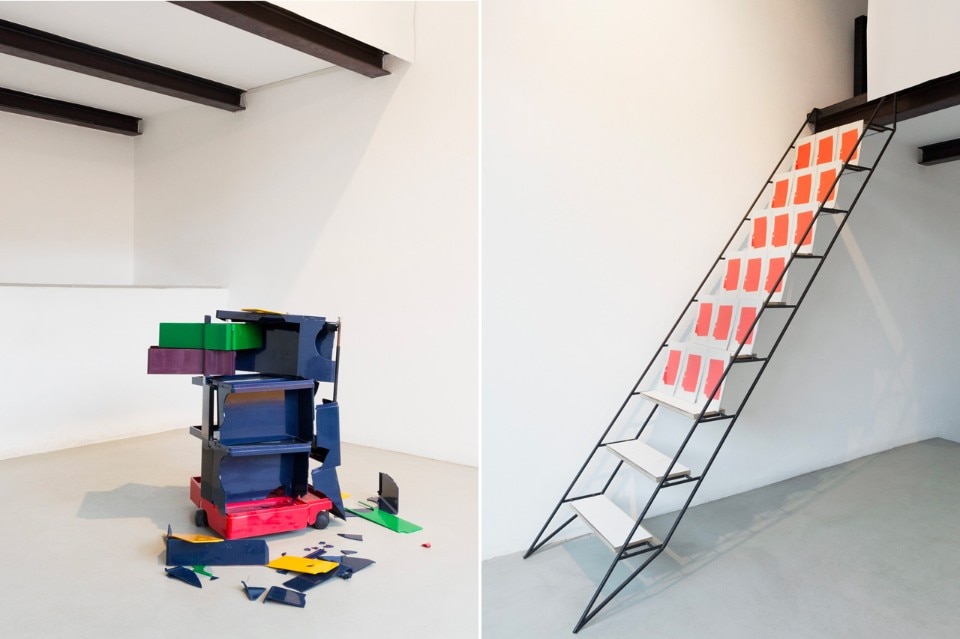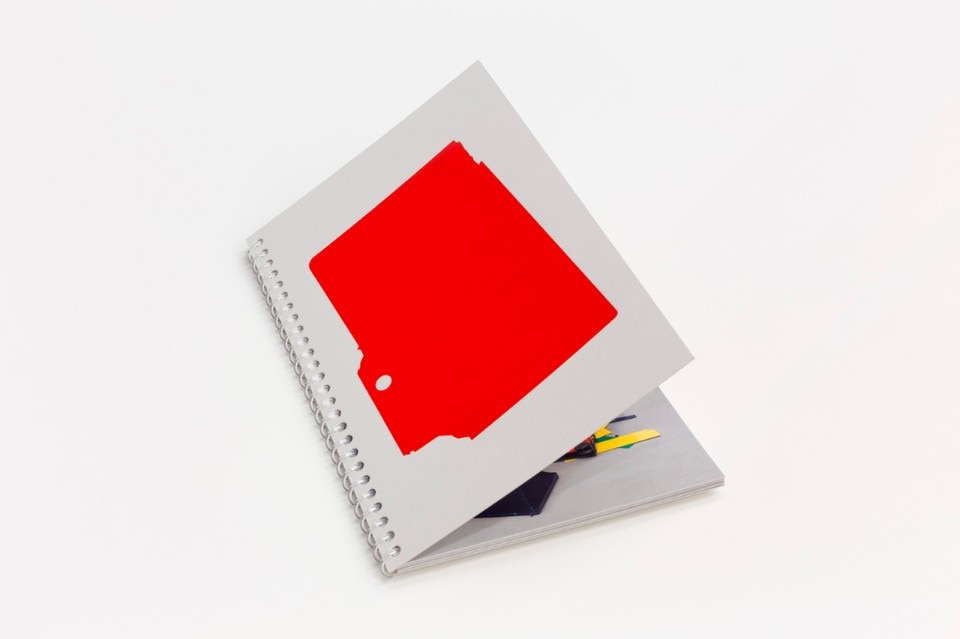
The authors came into a specific multicolor Boby, heavily damaged and torn apart. By rearranging Boby's pieces and photographing them in different compositions the project emphasizes a quality of the object that falls completely outside the realm of functionality, namely its color variety and juxtaposition. By moving the product from a given condition (its typical and finite appearance) the trolley itself transcends its function and starts to be accessible through different points of view. Through the possibility of reading the accrochage pieces as pure composition, the images rely on the color qualities and the accidental beauty of random rearrangements.
